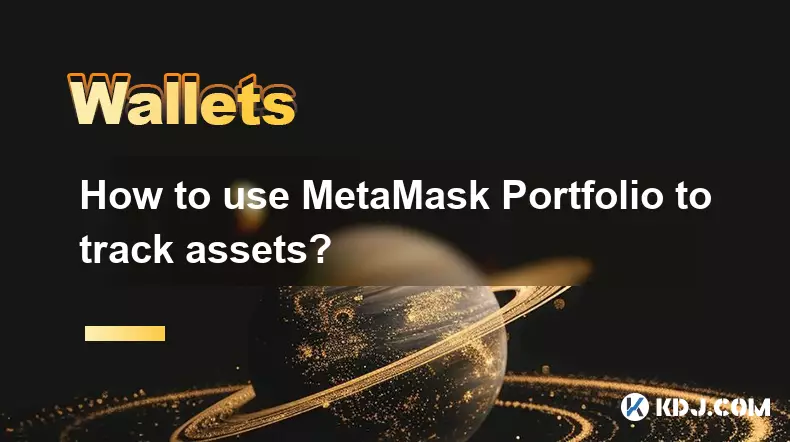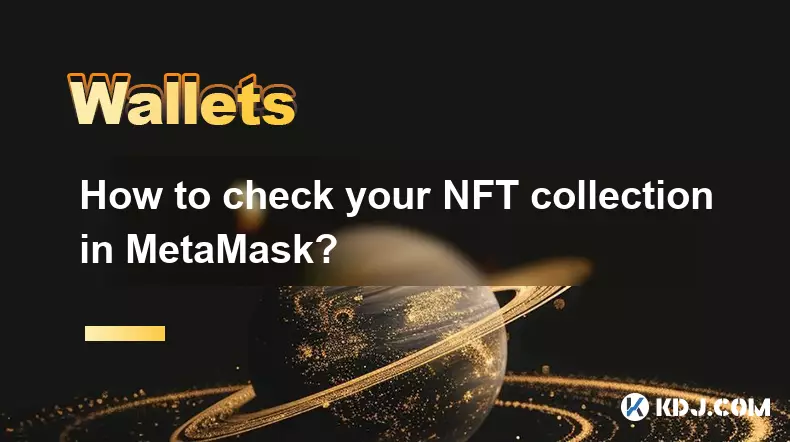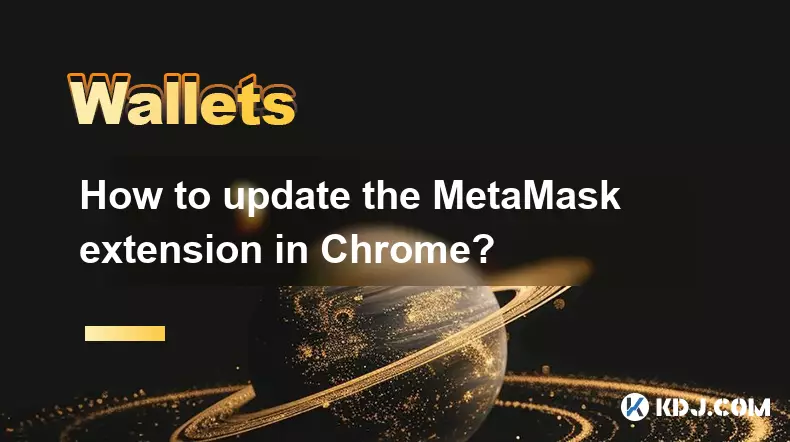-
 bitcoin
bitcoin $101752.865364 USD
-1.09% -
 ethereum
ethereum $3382.985899 USD
-1.38% -
 tether
tether $0.999658 USD
0.04% -
 xrp
xrp $2.272505 USD
-1.51% -
 bnb
bnb $989.089004 USD
0.14% -
 solana
solana $156.962612 USD
-3.08% -
 usd-coin
usd-coin $0.999776 USD
0.01% -
 tron
tron $0.290786 USD
-0.69% -
 dogecoin
dogecoin $0.174594 USD
-2.86% -
 cardano
cardano $0.560085 USD
-3.55% -
 hyperliquid
hyperliquid $40.023704 USD
-5.75% -
 chainlink
chainlink $15.324649 USD
-2.78% -
 bitcoin-cash
bitcoin-cash $493.576540 USD
-3.52% -
 zcash
zcash $571.320038 USD
-12.05% -
 stellar
stellar $0.280066 USD
-4.26%
How to set a custom fee for a Bitcoin transaction in Exodus?
Exodus Wallet doesn't allow direct custom fees but uses dynamic network estimates; users can time transactions during low congestion to reduce costs.
Nov 05, 2025 at 06:04 am

Understanding Custom Fees in Exodus Wallet
1. Exodus is a non-custodial cryptocurrency wallet that supports Bitcoin and numerous other digital assets. While it simplifies the user experience, advanced features like custom transaction fees are not immediately visible. The platform automatically selects network fees based on current congestion and desired confirmation speed. However, users who want more control over their Bitcoin transactions can still influence fee settings through indirect methods.
2. Bitcoin transaction fees are determined by the size of the transaction in bytes and the fee rate per byte (measured in satoshis per vByte). Larger transactions—those with many inputs or complex scripting—require higher fees to be confirmed quickly. Exodus abstracts this complexity, but understanding it helps users make informed decisions when managing outgoing transfers.
3. Custom fee options are not directly exposed in the Exodus interface as of the latest version. Instead, the wallet uses dynamic fee estimation pulled from reliable blockchain data providers. This ensures most transactions are processed efficiently without requiring manual input from the user.
4. Despite the lack of a direct slider or input box for fees, users can indirectly affect fee outcomes by timing their transactions. Sending during low network congestion periods often results in lower fees while still achieving timely confirmations. Monitoring tools like mempool.space allow users to observe current fee levels and plan sends accordingly.
5. For those seeking full control over fees, exporting private keys or using seed phrases in wallets with advanced fee controls (like Electrum) may be necessary. This approach requires comfort with handling sensitive information and accepting associated risks.
Steps to Influence Transaction Fees in Exodus
1. Open the Exodus wallet application and navigate to the Bitcoin wallet section. Ensure you have sufficient funds and are ready to initiate a send transaction.
2. Click the “Send” button and enter the recipient’s Bitcoin address along with the amount to transfer. After filling in these details, the wallet will display an estimated fee based on current network conditions.
3. While there is no option to manually adjust the fee rate, the displayed fee reflects real-time market data. Users can choose to proceed only if the fee appears acceptable. If it seems too high, cancel the transaction and wait for network conditions to improve.
4. Use external resources such as Bitcoin Fee Rate monitors to anticipate drops in network activity. Typically, fees decrease during weekends or off-peak hours in major financial regions.
5. Repeat the transaction when fees are lower. Since Exodus recalculates fees at the time of sending, waiting can result in significantly reduced costs without any change to the app’s internal settings.
Why Exodus Limits Manual Fee Control
1. Exodus prioritizes ease of use and security for mainstream users. Introducing manual fee settings could lead to errors such as underpaying fees, resulting in stuck transactions that never confirm.
2. Stuck transactions create support burdens and negative user experiences, which Exodus aims to minimize. By automating fee selection, the wallet ensures most transactions achieve confirmation within expected timeframes.
3. The development team integrates trusted fee algorithms that analyze the mempool and predict optimal rates. These systems adapt quickly to sudden changes in network demand, offering reliability without user intervention.
4. Allowing custom fees would also complicate the mobile and desktop interfaces, potentially overwhelming new users. Keeping the design clean supports broader adoption among less technical audiences.
5. Despite these limitations, Exodus remains transparent about the fees being paid. Before finalizing any transaction, users can review the exact fee amount and total cost, enabling informed decisions even without granular control.
Frequently Asked Questions
Can I speed up a pending Bitcoin transaction from Exodus?Exodus does not support Replace-by-Fee (RBF) or child-pays-for-parent (CPFP) techniques directly. Once a transaction is broadcast, its fee cannot be modified within the app. To accelerate confirmation, users must rely on external CPFP services or wait for miners to include the transaction.
Does Exodus offer different priority levels for fees?Yes, although not labeled explicitly as “low,” “medium,” or “high,” Exodus adjusts fees dynamically based on urgency. Transactions requiring faster confirmations incur higher fees automatically, while standard transfers follow average market rates.
What happens if I send Bitcoin during high network congestion?During peak times, fees increase due to competition for block space. Transactions sent through Exodus will carry higher fees to remain competitive. This protects against delays but increases cost. Monitoring congestion beforehand helps avoid unnecessary expenses.
Are Exodus transaction fees refundable if the transfer fails?Network fees are paid to miners for processing transactions and are non-refundable—even if the transaction fails or is rejected. The sender bears this cost regardless of outcome, so verifying addresses and amounts before sending is critical.
Disclaimer:info@kdj.com
The information provided is not trading advice. kdj.com does not assume any responsibility for any investments made based on the information provided in this article. Cryptocurrencies are highly volatile and it is highly recommended that you invest with caution after thorough research!
If you believe that the content used on this website infringes your copyright, please contact us immediately (info@kdj.com) and we will delete it promptly.
- Ripple (XRP) in 2026: Hold or Fold? A Look at XRP's Future and Emerging DeFi Alternatives
- 2025-11-08 18:35:01
- Zcash ZEC Coin Price Explosion: From Privacy Niche to Center Stage
- 2025-11-08 18:55:01
- Berachain Price Prediction: Navigating the Honeycomb Hype in Crypto
- 2025-11-08 18:55:01
- Arthur Hayes, Gold, and Bitcoin: A Modern Monetary Trinity?
- 2025-11-08 19:15:01
- Shiba Inu's Next Move: Navigating a Shifting Market
- 2025-11-08 19:20:01
- Pakistan's Crypto Crossroads: Balancing Opportunity with Asset-Backed Realities
- 2025-11-08 19:20:01
Related knowledge

How to use MetaMask Portfolio to track assets?
Nov 08,2025 at 05:40am
Getting Started with MetaMask Portfolio1. Download and install the MetaMask mobile app from the App Store or Google Play. Open the app and select 'Imp...

How to check your NFT collection in MetaMask?
Nov 06,2025 at 08:20pm
Accessing Your NFTs in MetaMask Wallet1. Open the MetaMask browser extension or mobile app and ensure you are logged into your wallet account. Once in...

Why is the MetaMask swap feature failing?
Nov 06,2025 at 09:20pm
Understanding MetaMask Swap FailuresMetaMask, one of the most widely used cryptocurrency wallets, enables users to swap tokens directly within the int...

How to update the MetaMask extension in Chrome?
Nov 08,2025 at 07:39am
Updating the MetaMask extension in Chrome is a simple process that ensures you have access to the latest security features, performance improvements, ...

How to import an account into MetaMask using a private key?
Nov 07,2025 at 07:40am
Importing an Account into MetaMask with a Private KeyMetaMask is one of the most widely used cryptocurrency wallets, particularly within decentralized...

What to do if my MetaMask wallet was compromised?
Nov 06,2025 at 04:59pm
Immediate Steps to Take After a Compromised MetaMask Wallet1. Disconnect your device from any phishing websites immediately. If you clicked on a suspi...

How to use MetaMask Portfolio to track assets?
Nov 08,2025 at 05:40am
Getting Started with MetaMask Portfolio1. Download and install the MetaMask mobile app from the App Store or Google Play. Open the app and select 'Imp...

How to check your NFT collection in MetaMask?
Nov 06,2025 at 08:20pm
Accessing Your NFTs in MetaMask Wallet1. Open the MetaMask browser extension or mobile app and ensure you are logged into your wallet account. Once in...

Why is the MetaMask swap feature failing?
Nov 06,2025 at 09:20pm
Understanding MetaMask Swap FailuresMetaMask, one of the most widely used cryptocurrency wallets, enables users to swap tokens directly within the int...

How to update the MetaMask extension in Chrome?
Nov 08,2025 at 07:39am
Updating the MetaMask extension in Chrome is a simple process that ensures you have access to the latest security features, performance improvements, ...

How to import an account into MetaMask using a private key?
Nov 07,2025 at 07:40am
Importing an Account into MetaMask with a Private KeyMetaMask is one of the most widely used cryptocurrency wallets, particularly within decentralized...

What to do if my MetaMask wallet was compromised?
Nov 06,2025 at 04:59pm
Immediate Steps to Take After a Compromised MetaMask Wallet1. Disconnect your device from any phishing websites immediately. If you clicked on a suspi...
See all articles





















![The Graph Price Prediction [GRT Crypto Price News Today] The Graph Price Prediction [GRT Crypto Price News Today]](/uploads/2025/11/07/cryptocurrencies-news/videos/690d4df44fe69_image_500_375.webp)




















































